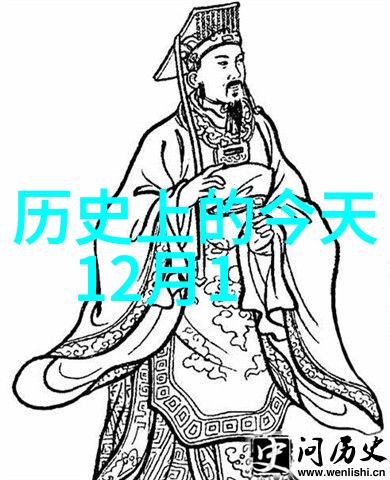
长城中国古代军事工程的文化象征与历史见证
长城的建造背景与历史意义

长城是中国古代的一项伟大工程,起初名为万里长城,是秦始皇统一六国后为了抵御北方游牧民族的侵扰而开始修建。自西汉至清朝,历经多个朝代对其进行修缮和扩展,最终形成了今天所看到的壮丽景观。长城不仅是一道防线,更是连接中原地区与边疆区域、展示中华文明成就的重要标志。
长城的地理分布及其结构特点

长城贯穿中国东北到西南,大致沿着山脉线路蜿蜒数千公里。它以石头、木材等材料筑成,高低错落有致,以固守险要地形为主。从燕山到辽东,再到阴山和内蒙古草原,以及在甘肃、宁夏、青海等地延伸,最终达到四川省境内。在不同的地区,根据当地的地形和资源条件,将采取不同施工手段,如土墙、砖砌墙或石灰岩构筑。
长castle: The Cultural Symbol and Historical Witness of China's Ancient Military Engineering

The Background and Historical Significance of the Great Wall's Construction
The Great Wall, originally named the "Long Wall," is an ancient Chinese military engineering project that began construction during the reign of Emperor Qin Shi Huangdi in 221 BC to protect against invasions from nomadic tribes in the north. Over time, successive dynasties continued to repair and expand it until it became the magnificent structure we see today.

The Geographical Distribution and Structural Characteristics of the Great Wall
Stretching over 13,000 miles across China from northeast to southwest, the Great Wall follows mountain ranges as they wind their way through various regions. Constructed primarily with stone and wood materials, its heights vary greatly depending on local terrain conditions for defensive purposes.

Long-term Maintenance & Development Strategies
Despite being a symbol of Chinese civilization’s strength and resilience, maintaining this vast structure has proven challenging due to natural erosion caused by weather elements like rainwater seepage into cracks or sandstorms eroding exposed areas.
UNESCO World Heritage Site Recognition & Modern Tourism Industry Impact



